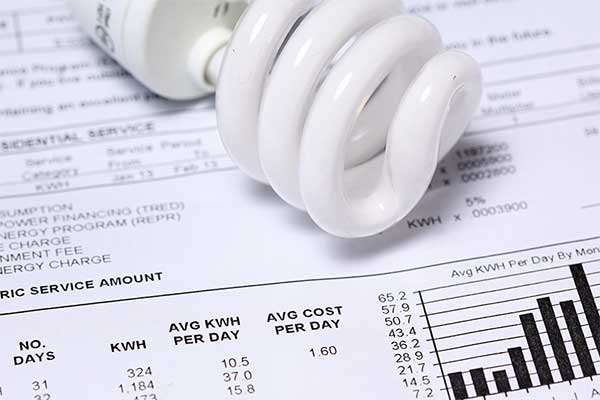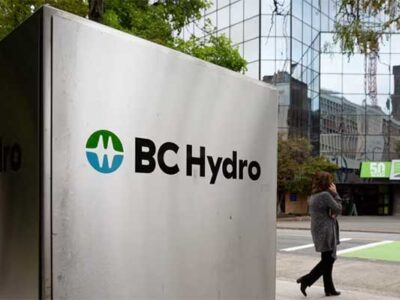- Many drivers use tollways to get from point A to point B because they are a faster and more convenient option.
- The fees associated with these roadways are higher during peak traffic hours of the day, such as during the commute to and from work.
- Similarly, not everyone uses the same amount of electricity throughout the day.
- There are peak load hours that put more strain on the grid, and there are users within those times who use more electricity while there are those who conserve.
Many drivers use tollways to get from point A to point B because they are a faster and more convenient option.
The fees associated with these roadways are higher during peak traffic hours of the day, such as during the commute to and from work. With this structure, drivers who are not adding to the heavy flow of traffic do not have to pay higher toll prices. However, those who utilize the toll road during more congested hours pay a premium to use the faster, more convenient highways.
Similarly, not everyone uses the same amount of electricity throughout the day. There are peak load hours that put more strain on the grid, and there are users within those times who use more electricity while there are those who conserve.
Dr. Le Xie, professor in the Department of Electrical and Computer Engineering and assistant director-energy digitization of the Energy Institute at Texas A&M University, together with two co-authors, is proposing a user-impact tailored rate plan for utility companies to employ that is similar to toll roads. His rate plan will benefit individuals who use less power or utilize solar power to offset some of the strain on the distribution power grid, while those who use an excess of power from the electrical grid during peak times will cover more of the delivery cost.
In a typical monthly utility bill, users can see how much energy is used over that month and the kilowatt-hour rate, which is then multiplied together to determine the payment due. Through this project, Xie aims to provide new options for modernizing the power delivery rate structure for the utility industry through a data-driven approach.
This research was published in the June issue of the journal Utilities Policy.
Xie explained that the costs associated with delivering power are not necessarily the same for every customer, and further, not every customer is the same in terms of their impact and contribution to the grid. He proposes the use of electric smart meters, which can record with a granularity of 15 minutes how much energy a consumer has used during a given period. This would provide the utility company a more refined, closer to real-time understanding of a customer who contributes to the peak consumption of the grid and a customer who relieves the stress of the grid through the use of solar panels or lower consumption.
“If a particular customer is actually sending some of their solar panel energy back to the grid during the peak hours, they should be viewed as a positive asset to the grid, and that individual should be somehow compensated,” Xie said. “And if someone is using their air conditioner an excessive amount when the grid is extremely stressed, then that individual is contributing to the strain on the grid and might need to pay a higher portion of the delivery cost.”
Power distribution grids across the world are undergoing profound changes due to advances in grid edge technologies, such as solar panels and electric vehicles (EVs). The rate model Xie envisions would include a shift from charging end users based on their kilowatt-hour volumetric consumption and instead charging them a grid access fee that approximates the impact of end-users’ time-varying demand on their local distribution network.
The dataset used in the case study is a system of 200 residential demand profiles, with 50 EV homes, 50 solar photovoltaic (PV) homes, and 100 non-DER homes — those without distributed energy resources (DERs), such as an electric vehicle, solar panel or battery storage device.
Typically, customers charge their EVs during the night (off-peak hours, low grid impact). So, it follows that over 90% of EV customers see reduced bills under the proposed rate model. For solar PV customers, the results are more varied. For PV customers to minimize grid impact, combining solar PV with battery storage under a smart scheduling algorithm for charging and discharging would achieve the highest cost savings on bills. As for non-DER customers, over 80% experienced a small reduction in their bills under the proposed rate.
“The most exciting part is how we can translate technology innovations into a real-world impact,” Xie said. “That impact is going to pave the way for a more sustainable operation of the grid — leading to a more sustainable future.”
This work is supported in part by the Power Systems Engineering Research Center and in part by National Science Foundation.
—-
Publication Referenced in the Article:
Author names. Research Title. Publication, Year; DOI: 10.1038/s41893-020-00652-9














Comments